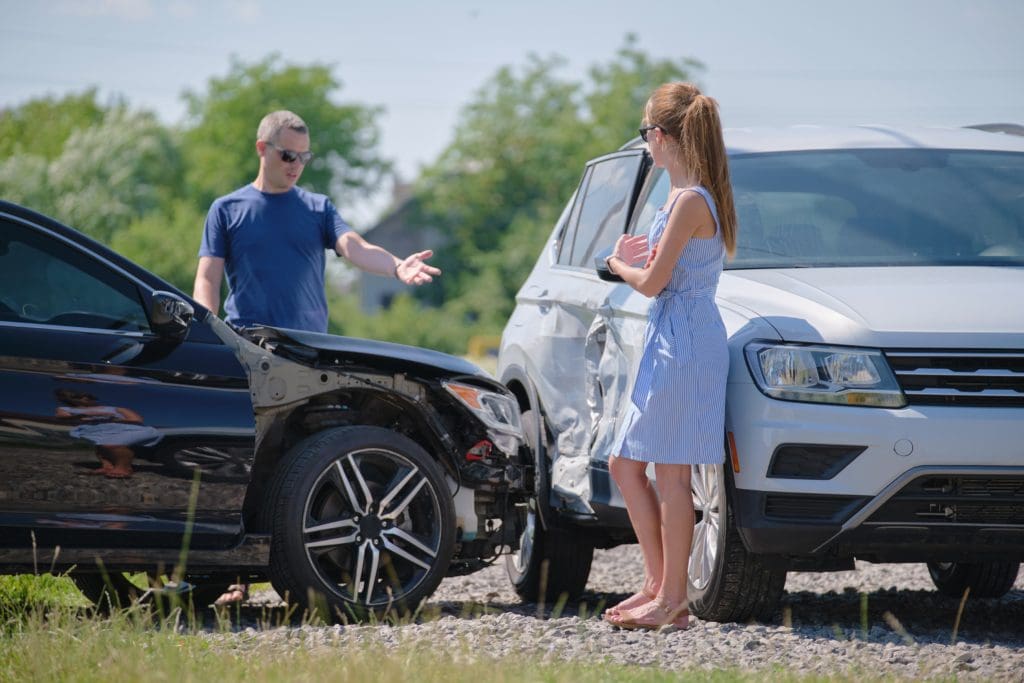Determining Who Is at Fault


The first aspect of a premises liability or an automobile accident case is to determine who is the person responsible for the incident or who is at fault. Whether it is the person that was injured or not, it is always important to analyze what policies each state has to determine who is the person to blame. In a car accident, the first step would be to determine who violated the rules of the road, failed to be careful, or failed to properly operate the vehicle.
Extent of the Damages
The second aspect of personal injury is the extent of the damages. Again, the injuries can be very drastic, and very different. Somebody can walk away from a totaled car having no scratches, and somebody can be really injured in what appears to be a minor tap in the back. The extent of the damages determines the liability of a case.
If somebody has been injured, sure it’s somebody else’s fault, but if they haven’t been injured badly, then it’s not worth pursuing.
What if a person slipped, proceeded to a walk-in clinic to have an examination, and ended up with a total of $129 in medical bills, and never pursued any follow-up treatment? Even if it’s the best liability in the world, it’s still not going be worth much. The chances are that the award will be worth $300 or $400 which, let’s face it, it’s not worth the transnational cost of bringing a claim.
However, should the person sustain more serious injuries, that’s if worth going the process of hiring a Clinton personal injury lawyer to get awarded for your loss/suffering. You can have a soft tissue injury, which are sprains or strains, and can be really painful and can last for a long time. There’s a lot who count them as not serious–but they are serious because they can have an impact on daily life.
There are proper ways to present them:
• You need to get medical documentation to show what the injuries were.
• You need to get a testimony about how they impacted you.
• Testimony from people who might know the injured person, to explain what happened.
• If you have any bad injuries such as broken bones, or lost limbs.
Expert Witnesses
It’s doctors who will testify about the treatment, injuries, and the diagnostics. In the case that it’s a smaller claim, you can just present the medical records directly to the judge or the jury–it’s under 10-1 of section 10 under Maryland Courts and Judicial Proceedings in Maryland, which limits it up to $30,000.
Claims must be presented with medical records only. In high cases, you’ll also need medical evidence. You will also need to have an expert witness, which can be either a doctor who treated the person injured, or it can be somebody who is hired specifically to do the medical evidence review and provide an opinion. Your personal injury lawyer will know which is the best way to present the evidence and will contact those they feel are necessary to present.
Here are some things to take into consideration:
• You need to have the right expert.
• You need to make sure that the expert has all the correct information.
• And you need to ask the right questions.
Please note, the premises owner or the insurance company for the individual responsible for the incident will have their own experts who will try to discredit your expert’s testimony as well as try to present the case from a different perspective.
That being said, it is super important to walk your lawyer through every detail as your defendant will need to address any arguments the other party has. This is where the saying “Practice makes perfect” comes in, and believe us when we say it is true.
